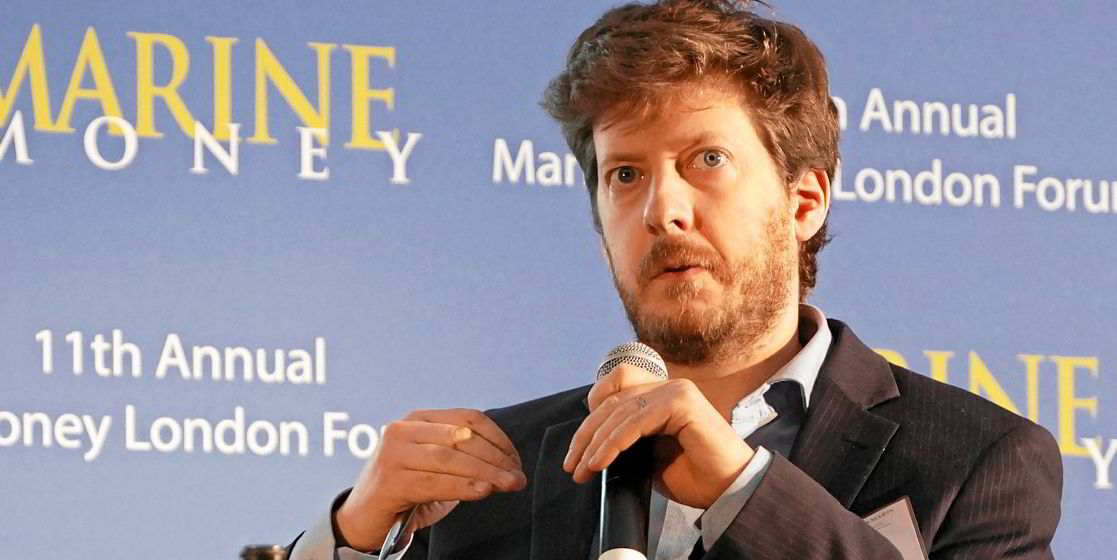Last November, the IMO agreed on measures — the Energy Efficiency Existing Ship Index (EEXI) and Carbon Intensity Indicator (CII) — aimed at existing ships hitting its 2030 target to cut emissions by 40%.
EEXI levels are already set in its Energy Efficiency Design Index (EEDI) standards set for newbuildings.
“As a policy mechanism, the CII is quite nice, but EEXI and EEDI are deeply flawed, because they are technical design measures that create perverse incentives,” says decarbonisation expert Tristan Smith.
“You can optimise your ship to get a good test score and then operate it in a completely different way, but the only thing the climate cares about is what actually comes out of the ship’s funnel — not what is written on a certificate.”
Some EEXI levels have evolved because they are easy to design, but Smith warns that they do not solve the problems and may just add a lot of pointless administration.
However, “The CII could solve the problem because it is about operational carbon intensities — about actual emissions and performance, measured rather than hypothetical.”
But it needs a powerful enforcement mechanism, he adds, which is not yet the case.
Carbon pricing and inclusion in an emissions trading system (ETS) as proposed by the European Union are not currently sensible structures for the IMO to follow, Smith argues, even though they are flexible economic tools that avoid the command-and-control structure that was used with IMO 2020’s move to lower-sulphur fuel.
“The ETS is about decarbonising the cheapest parts of the economy first, which is why the price is as low as €40-€50 [$48-$60] per tonne. It would need a much higher price to change the business case in shipping,” he says.
An ETS could fast-track decarbonisation of intra-European fleets, but it would be politically difficult to agree reinvestment of revenues into the development of alternative fuels or bunkering systems.
However, if reinvestment were to be agreed, the full horror of a threatened $200-$300-per-tonne carbon price to equalise the price/energy density gap between fossil and green fuels could be avoided, because it would not be necessary to set a level that equates to the full decarbonisation of every ship.
An S-shaped transition, in which early zero-carbon adopters made up about 5% of the fuel mix by 2030, would allow a much lower carbon price. If 95% of the fleet were burning fossil fuels and paying a carbon tax to subsidise the 5%, the level might be as low as $20-$30 per tonne, Smith estimates.
After 2030, the carbon price would have to rise, but maybe not as high as feared, due to falling costs for renewable energies and alternative fuels, alongside the development of a bunkering infrastructure. These could emerge as nations clean up their domestic energy industries and wider global economic uses evolve.





